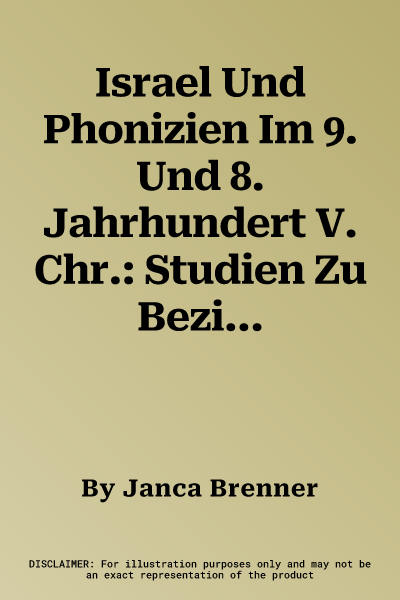This thesis examines the development of the northern kingdom of Israel
in the 9th and 8th centuries B.C. and its contacts and trade relations
with Phenicia, with particular reference to the site of Kuntillet
'Agrud. The period of study covers the reign of the Nimsid dynasty (ca.
845-747 BC), with the northern kingdom particularly under kings Joash
(802-787 BC) and Jeroboam II (787-747 BC) prospered and reached an
unprecedented territorial expansion. This favored various political
developments and power shifts between the Assyrian Empire,
Aram-Damascus, Hamath, other Aramaic kingdoms and Israel. It should also
be shown that the diplomatic and economic relations of the northern
kingdom with the Phoenicians did not break off after the end of the
preceding Omrid dynasty (ca. 882-845 BC), but continued and
strengthened. It is important to use classic criteria for Phoenician
influences, such as finds of volute capitals (Protoaeolian capitals) or
ivories, and to show them through the analysis of additional
archaeological and inscriptional findings, contacts and especially trade
connections. The contacts in Kuntillet ?A?rud, a site in Sinai, become
clear. The inscriptions and wall paintings found there attest to
Phoenician and Israelite influence on site. The location of Kuntillet
'Agrud on the Gaza Strait, an ancient crossroads between the
Mediterranean Sea and the Gulf of Aqaba, the Phoenician influences and
the connection to the Northern Kingdom led to an ongoing discussion
about the function of the place, which is interpreted partly as a place
of worship and partly as a trading base.

